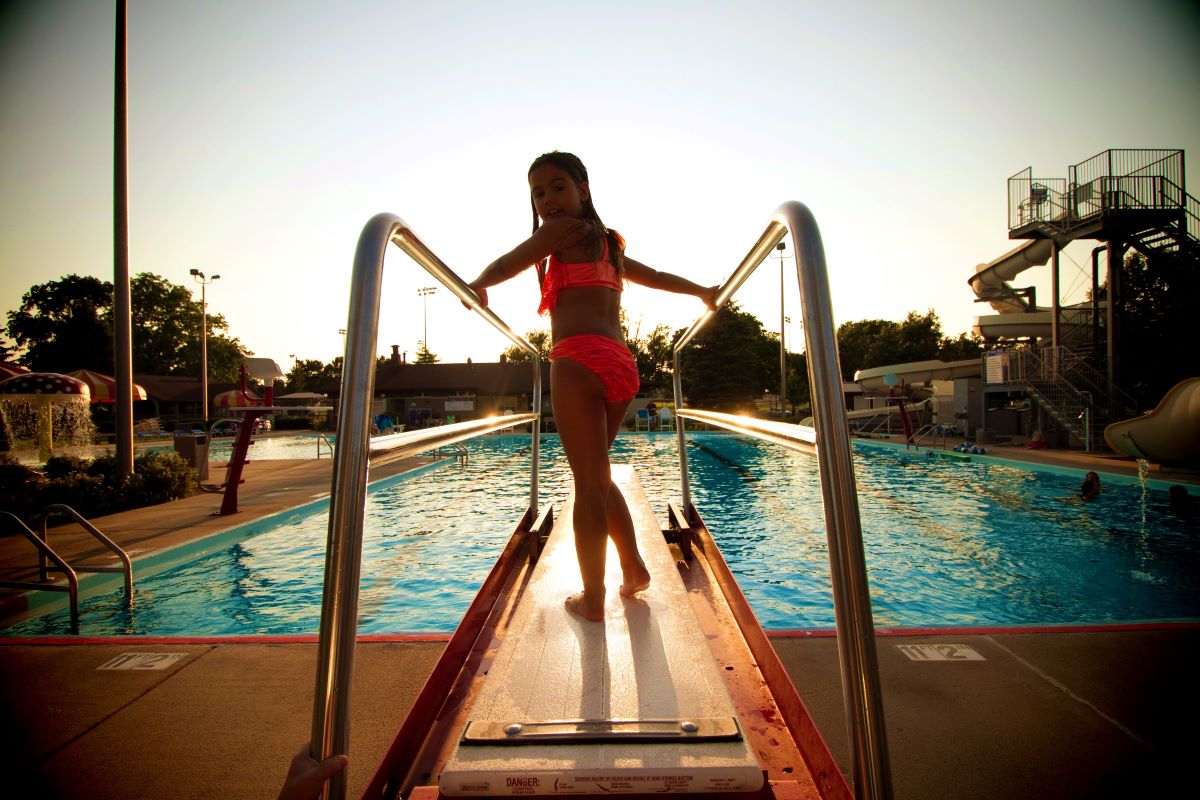
Diving into the pool is the most refreshing way to cool off on a hot summer day! Diving is an exercise that has many benefits including exercise, exhilaration and fun. Practicing safe diving prevents the risk of serious injury.
The Risks of Improper Diving
Diving without using the proper technique has the potential to lead to head, neck and spinal injuries. Unfortunately, more than 95% of diving-related injuries happen in less than five feet of water. The majority of instances occurred when children were left unsupervised.
Brain injury is one of the top concerns when it comes to divers. A hard hit to the head can result in a concussion. This usually results in a temporary loss of consciousness and being unable to recall the events that happened moments before. Such symptoms resolve themselves over time. However, many suffer from post-concussion syndrome that causes symptoms to affect them later on in life.
No Room for Distractions
Make sure to supervise children when it’s time for a swim. Did you know that swimming is the most popular recreational activity for children and teens between the ages of 7 and 17?
Watch your children in the pool without any distractions. According to the Canadian Red Cross, a group of adults should share the responsibility of supervising. Good lifeguards are not having conversations while children are swimming. It’s up to parents to do the same and to act as role models in the pool.
Parents being within earshot is not enough when it comes to being vigilant. Kids are kept safe only when they have the full attention of an adult.
There were an average of 3,535 fatal unintentional drownings between 2005 and 2014 in the United States according to the CDC. Non-fatal submersion incidents can cause brain damage and memory problems that last long-term. Because of these consequences and the that drowning can happen in less than one minute, it’s important to watch your children in the pool.
Creating Safe Diving Spaces
Diving accidents are easily preventable. It’s as simple as setting some pool safety rules and following them. Learning how to swim and dive properly is an important part of being a safe diver. Children preparing themselves with swim lessons will give them water safety skills and get them comfortable in the water.
Shepherd Center Rehabilitation Center in Atlanta, Georgia revealed that diving is one of the top causes of spinal injuries that causes paralysis. 89% of those injured are male and 11% are female. Those between the ages of 20 and 29 years get hurt the most often.
This is why looking before you dive is essential. Public pools may have signs that say no diving to tell swimmers that the water is too shallow. Open bodies of water might not have these, but always check the water for any obstacles before hopping in. Do the same in your pool because there could be toys or people underwater that aren’t immediately noticeable. It keeps you and fellow swimmers safe!
Safe Diving Tips
Make your diving and swimming experiences safe and enjoyable by following these tips:
- Never dive into shallow water. You could end up with a spinal cord injury because of the impact of landing on the bottom of the pool or a rock.
- Determine the pool’s depth by entering feet first. This can help you avoid diving the wrong way and getting hurt.
- Move obstacles that will get in the way of diving. Additionally, know the path you will take before jumping into the pool.
- Only dive into clear water. Also check for objects in the water such as logs, stumps and boulders in the open water. Look for changing depths as well.
- Keep your hands in front of you and tuck your chin into your chest until you get into the water.
- Never swim alone!
Swimming keeps kids fit, active and healthy! Getting in the pool and having some fun is amazing, especially when you are doing it safely. Once you learn to swim, you can move on to more complex skills like diving.
Want your child to be successful in the water? We can help you! Check out our wide variety of learn-to-swim programs today!



